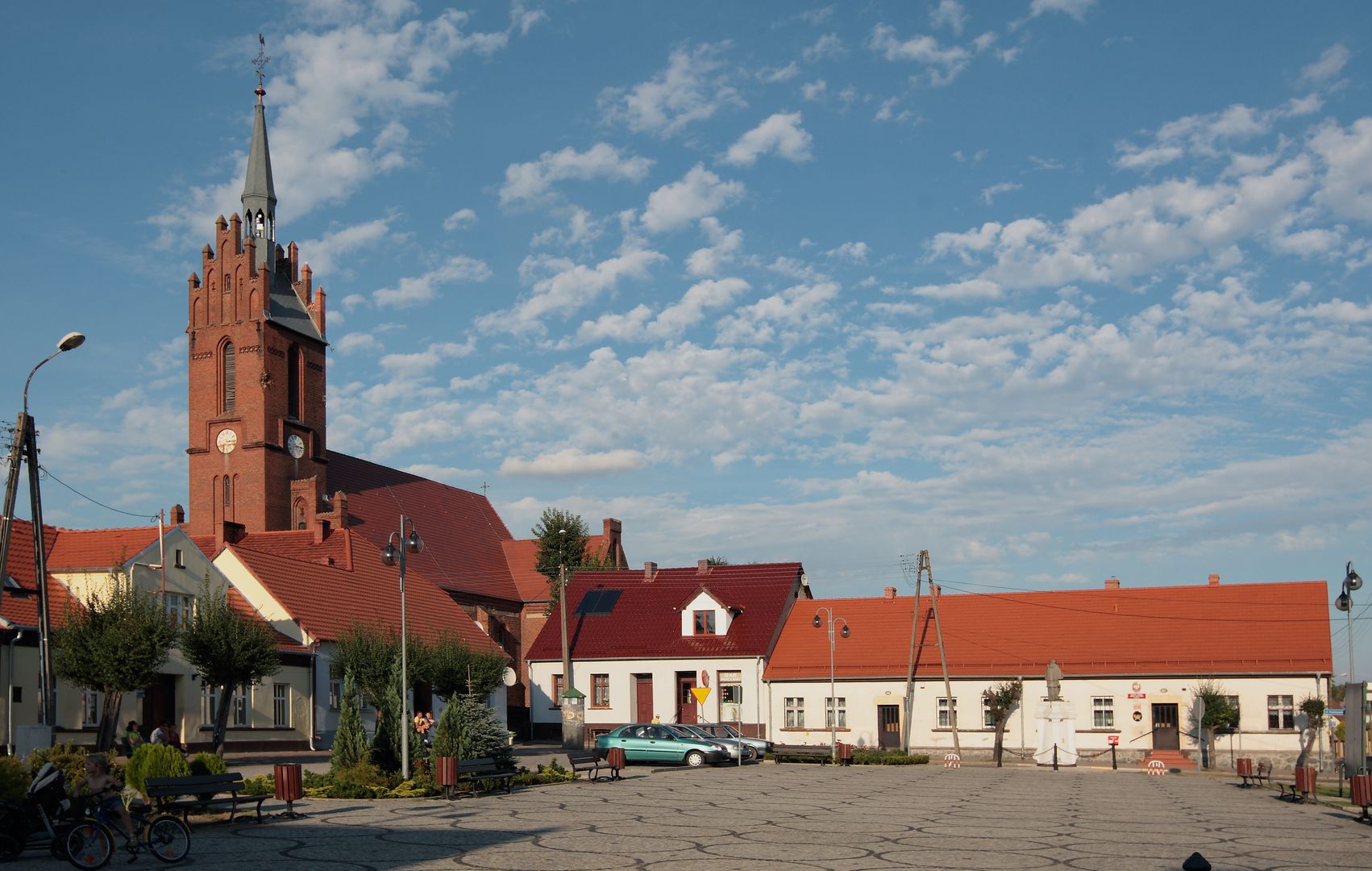Bledzew
6.67

Overview
Bledzew is a village in Poland, located in the Lubusz Voivodeship, with a rich history dating back to the Middle Ages, when it was granted town rights in 1433. It evolved from a former town into a village and lost its urban status after World War II. The name of the locality, recorded in various forms over the centuries, derives from the personal name "Bledz," meaning "pale." Historically, Bledzew was situated on the border between Greater Poland and the Lubusz Land and repeatedly changed administrative affiliations, including periods shortly after the partitions of Poland and during the partitions. The village was associated with the activity of the Cistercian Abbey in Zemsko-Bledzew, which played a key role in the cultural and religious development of the region. Among its monuments, the parish church of St. Catherine, dating back to the 15th century, stands out, along with numerous residential buildings and economic infrastructure. Another important architectural feature is the 19th-century water mill. Bledzew is a well-known tourist center thanks to its lake- and forest-rich surroundings, which offer hiking and water trails, including kayaking on the Obra River. The annual Cistercian Fair attracts tourists, and various sporting events are organized at the Bledzew stadium. An interesting fact is that Jan Dekert, the president of Warsaw from 1789 to 1790, lived in Bledzew, highlighting its historical significance. However, the village faces economic challenges and a declining population, resulting from the post-1989 transformation.
Location
2025 Wizytor | All Rights Reserved